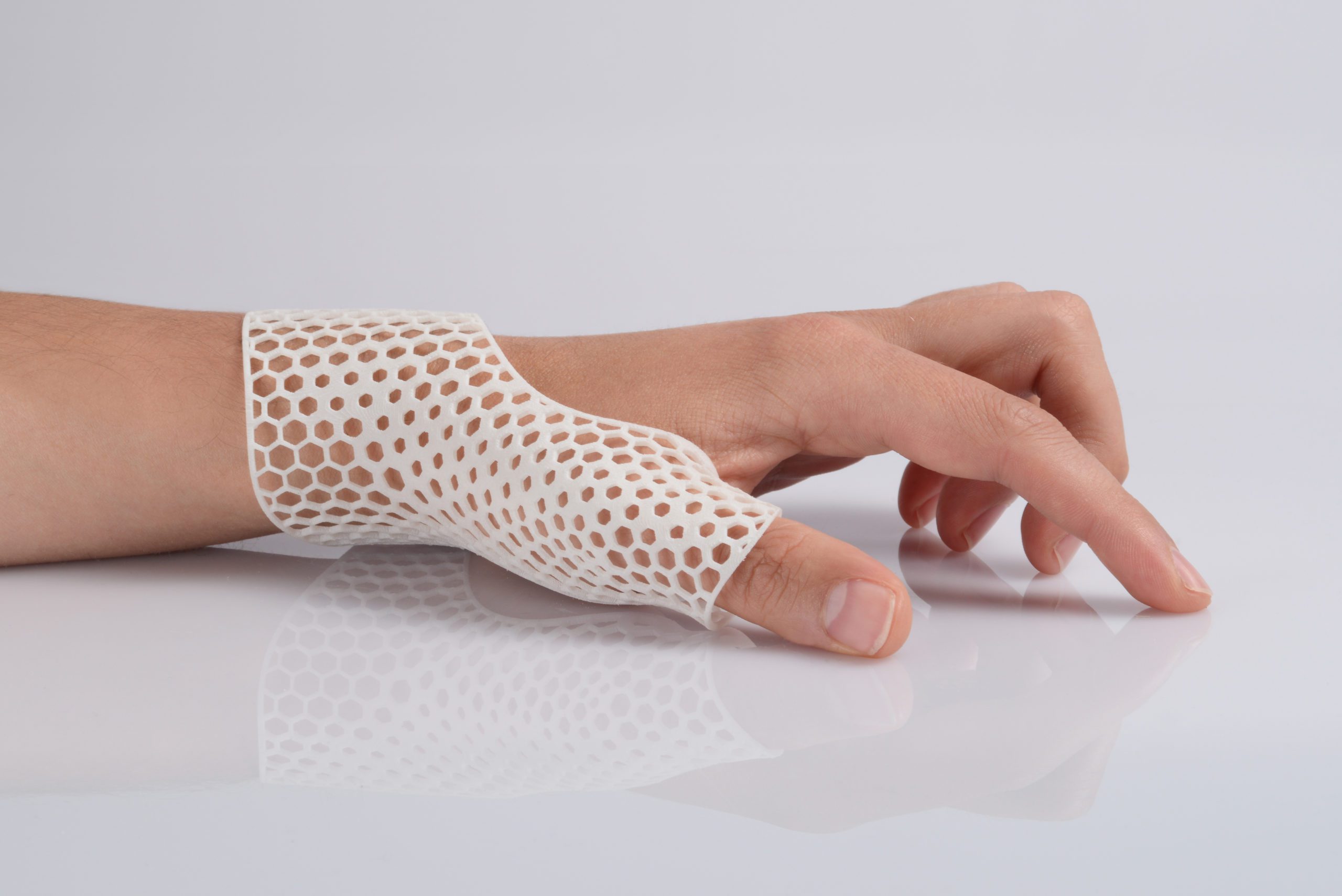Selective Laser Sintering, or SLS, is a very common 3D printing method that is the best choice for many different projects. Because of this, SLS is very widely used, though much of the public is unfamiliar with it.
SLS works differently than what is conventionally thought of as 3D printing, where a polymer is extruded layer by layer. SLS works by using a laser to sinter together layers of material in a powder bed. The materials used are specially designed to be reactive to the laser and can come in various colors. An SLS printer follows the design laid out in the uploaded CAD file perfectly as it sinters layers together.
This offers numerous advantages to the SLS printing method. It is a highly accurate printing method. Because it is working with a powder bed, there is less need for support structures, as the powder bed serves that purpose in many cases. This means there will be no distoriation of the design due to support structure that will need to be removed, and chances of warping are minimal thanks to the powder bed’s extra support.
Objects printed with SLS are also strong. The sintering of the layers means they are bound together very well, not just sitting on top of each other but actually part of a cohesive whole. This means that these products have good tensile strength, as well.
Despite this increased strength, SLS printed products are not very dense. This makes SLS ideal for all sorts of applications where weight is a key factor, like drone parts. An SLS drone part is sturdy enough to take a moderate crash while still lightweight to help with flight time, maneuverability, and more.
SLS has its drawbacks. While highly accurate, deformation can still occur as a part cools after being sintered, shrinking and warping. The end result is also not as strong as products produced with Multi-Jet Fusion (MJF), thanks in part to the tendency for warping as well as the relatively porous structure that results from SLS. This porous structure can also mean liquids can erode and cause other issues for SLS parts and they will need to be waterproofed after printing.
At Jawstec, we can help you determine if SLS printing is the best printing method for your product. If it isn;t, our team are experts on designing and producing products using a host of other 3D printing methods, including FDM, SLA, Polyjet, Carbon filled FDM, and MJF. Every project we see at Jawstec receives best-in-industry treatment, whether it is a small personal project or part of an industrial order like those we receive from Tesla or Apple. Contact us today to see how we can help you 3D print your project or try out our 3D print quote tool.

0 Comments